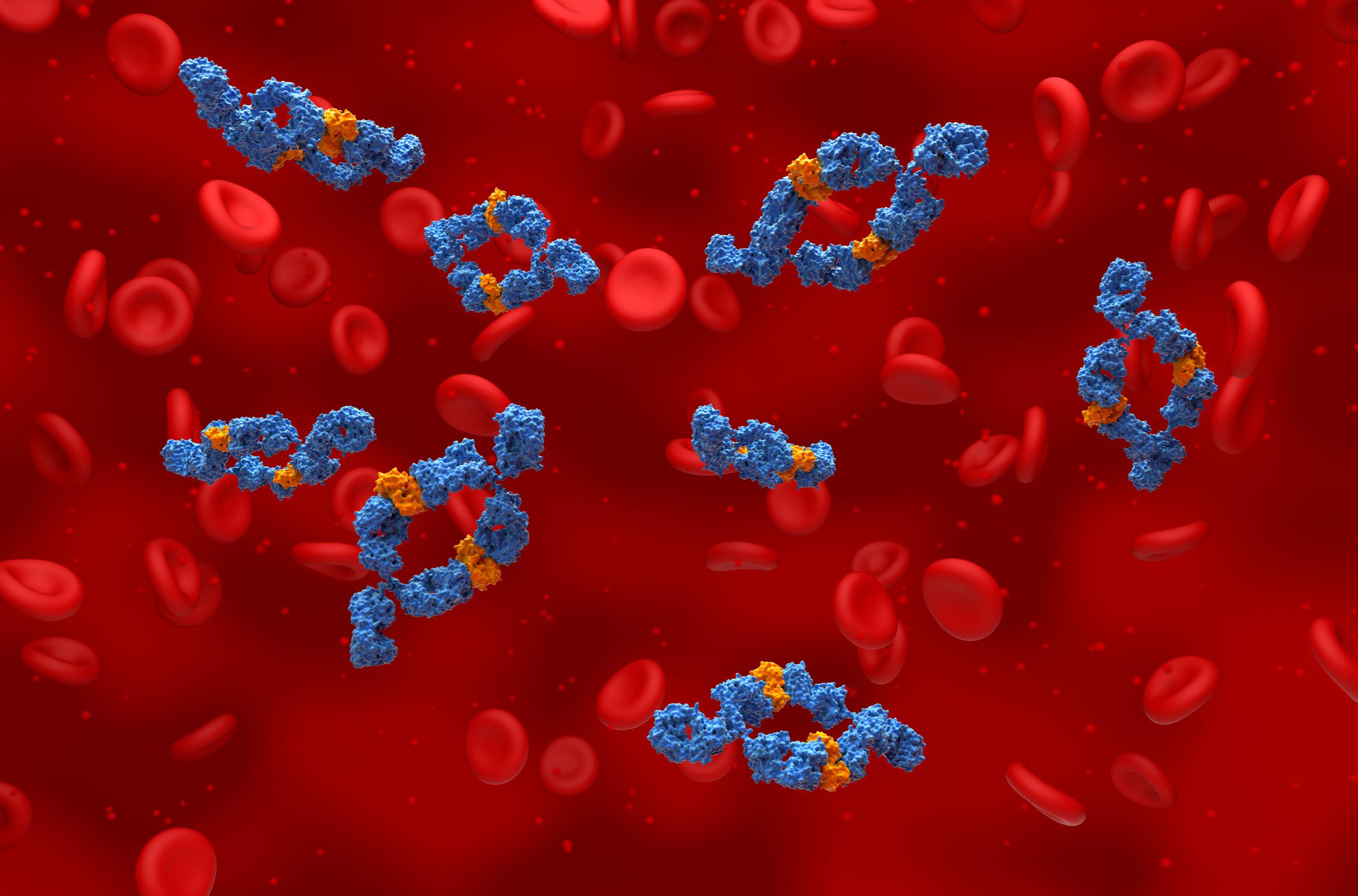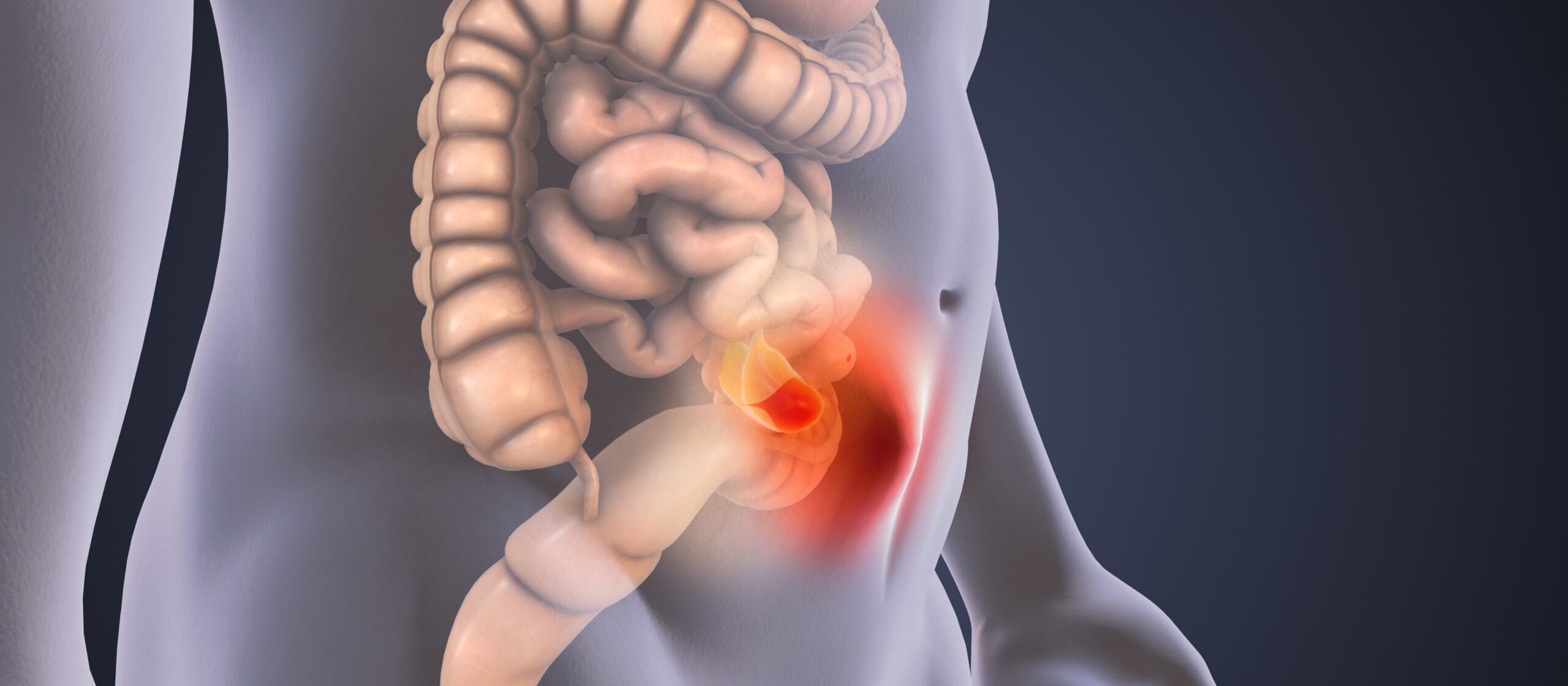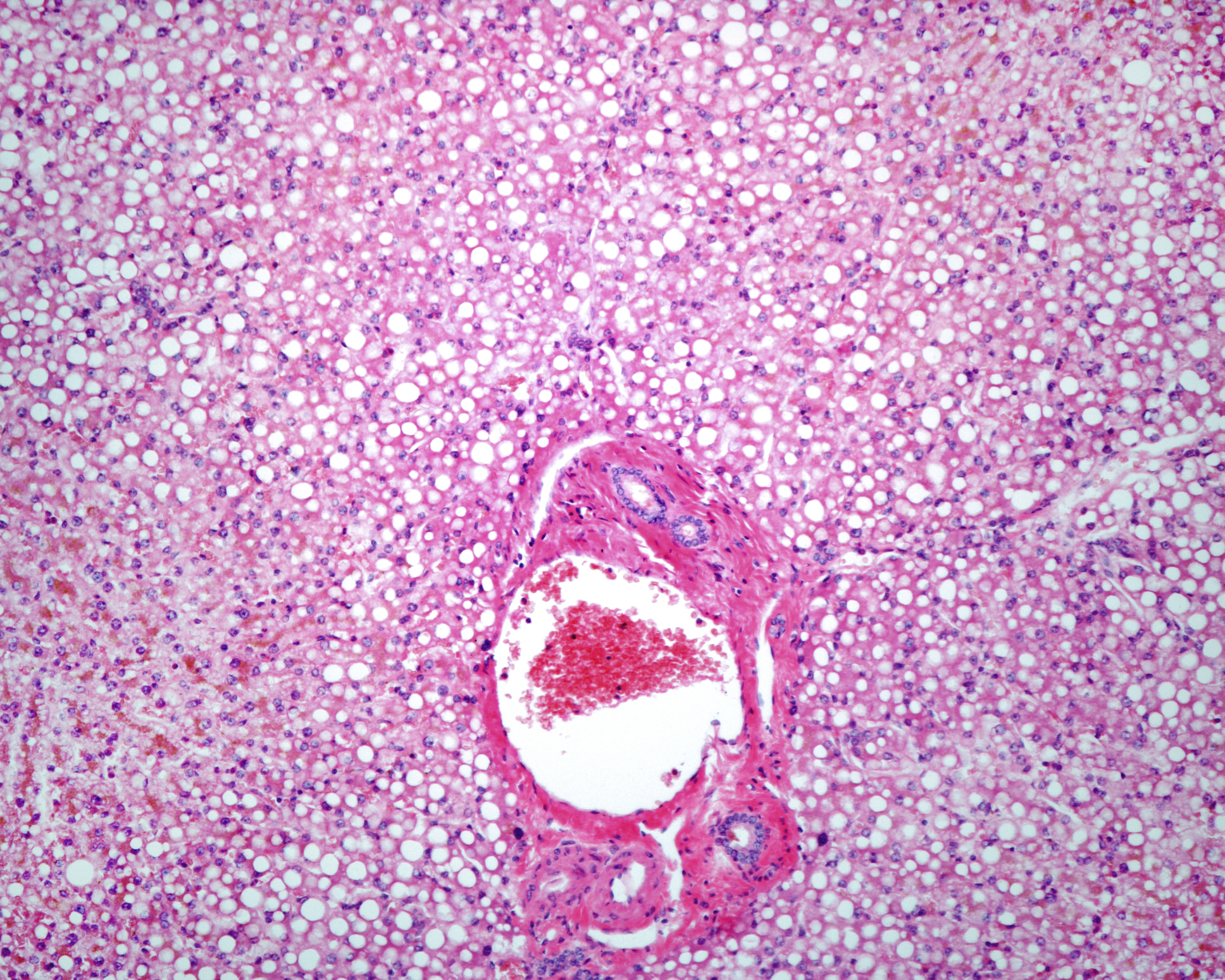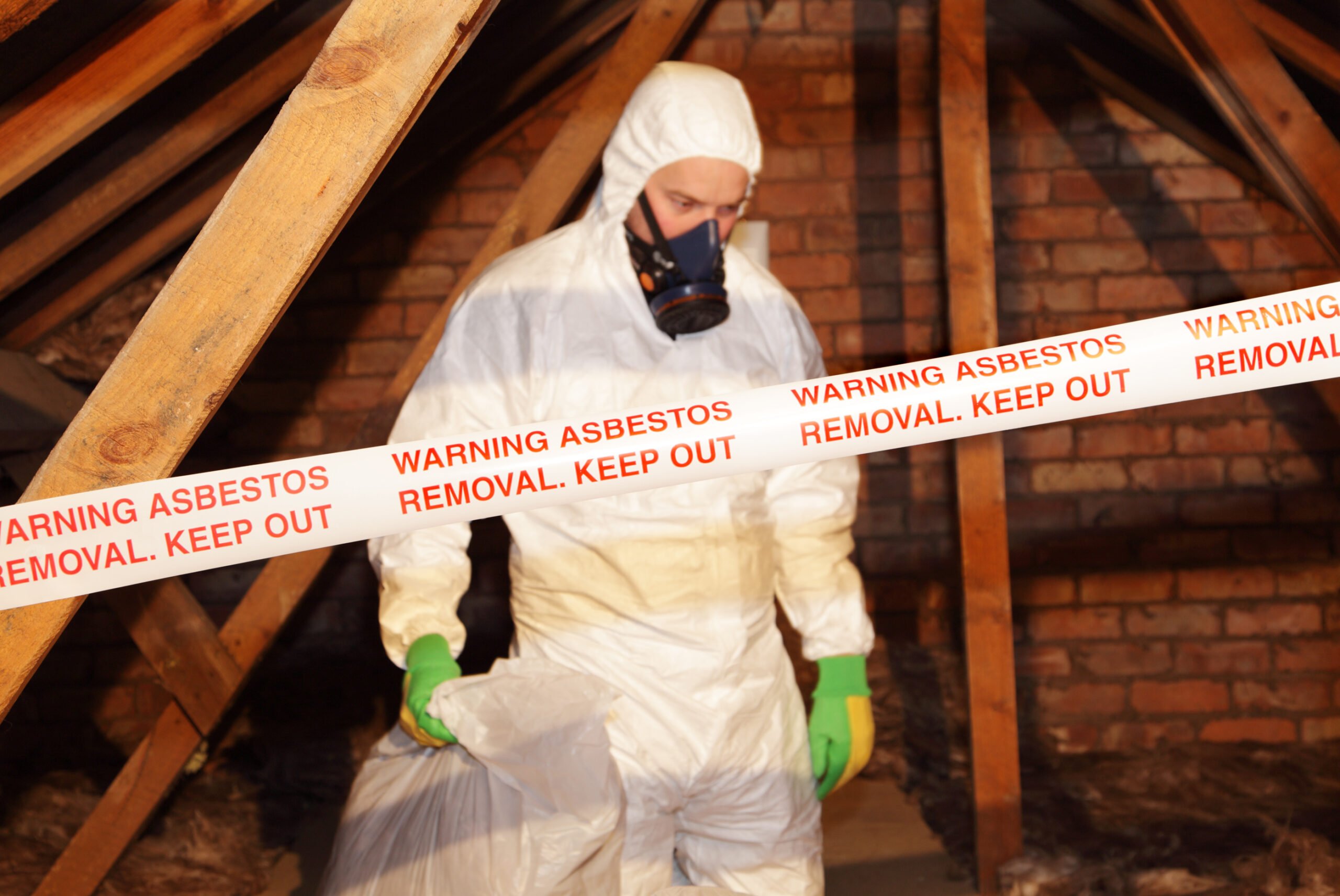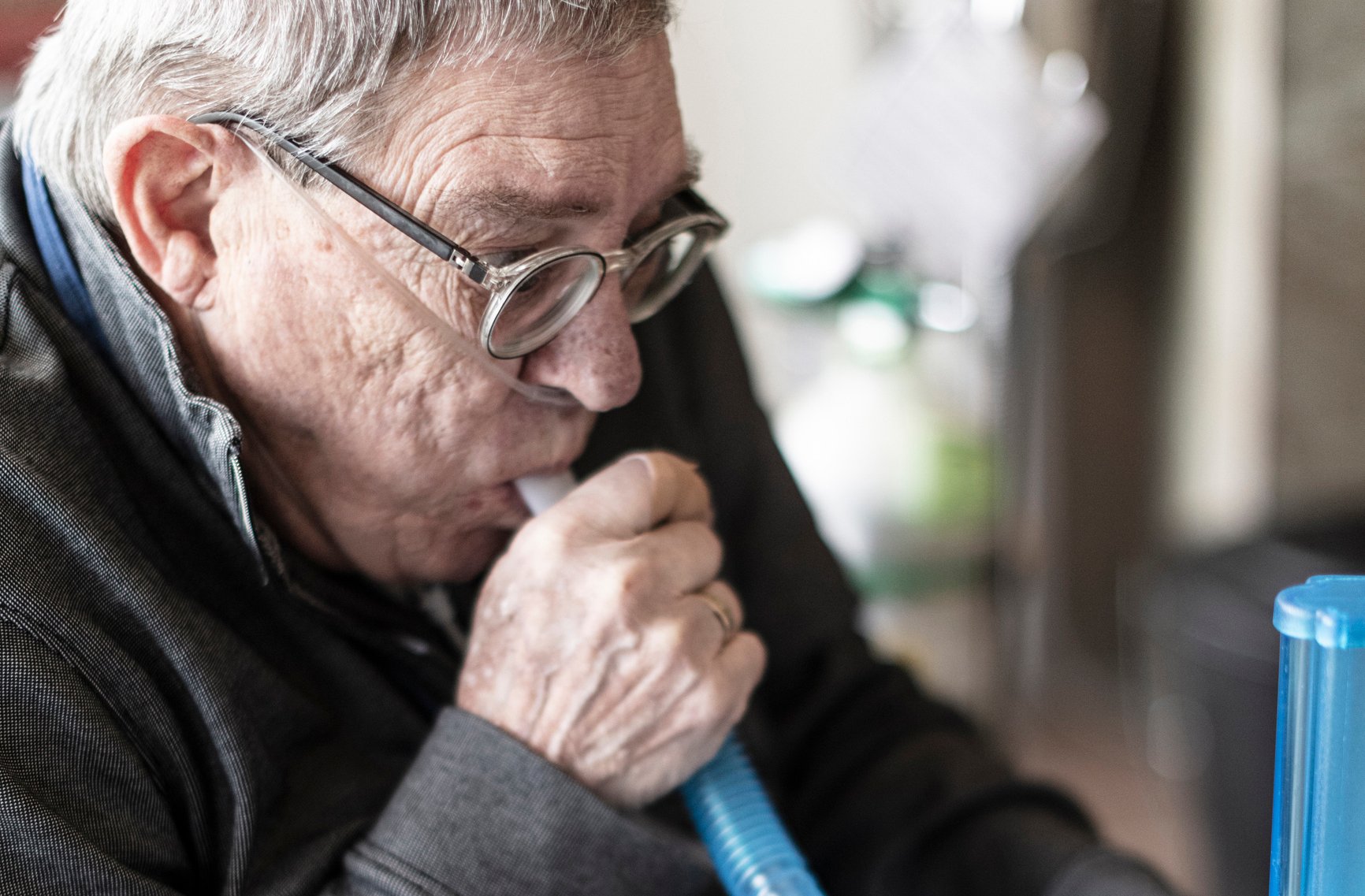Quite a few patients affected by hidradenitis suppurativa/acne inversa suffer from disease manifestations long before targeted therapeutic measures are taken. There are various reasons for this. One approach to tackling the problem of diagnostic latency is to increase awareness and improve interdisciplinary networking. The evidence base and treatment options have expanded considerably in recent times. In the case of biologics, there are now several active substances to choose from and there have also been some innovations in antibiotics.
Autoren
- Mirjam Peter, M.Sc.
Publikation
- DERMATOLOGIE PRAXIS
Related Topics
You May Also Like
- Nutrition for type 2 diabetes
Not such a great tuber
- From symptom to diagnosis
Abdominal pain – external hernias
- Mechanisms, evidence and therapeutic consequences
GLP-1 receptor agonists in cardiology
- MASLD/MASH
Drug therapy options on the rise: spectacular evidence
- New ways of neuroregeneration
CRISPR and artificial intelligence
- Asbestos victims
Federal Council has decided to amend the UVG
- Music as a cure for cancer?
Music therapy in Swiss oncology
- Clinical significance, pathophysiology, diagnosis and management

